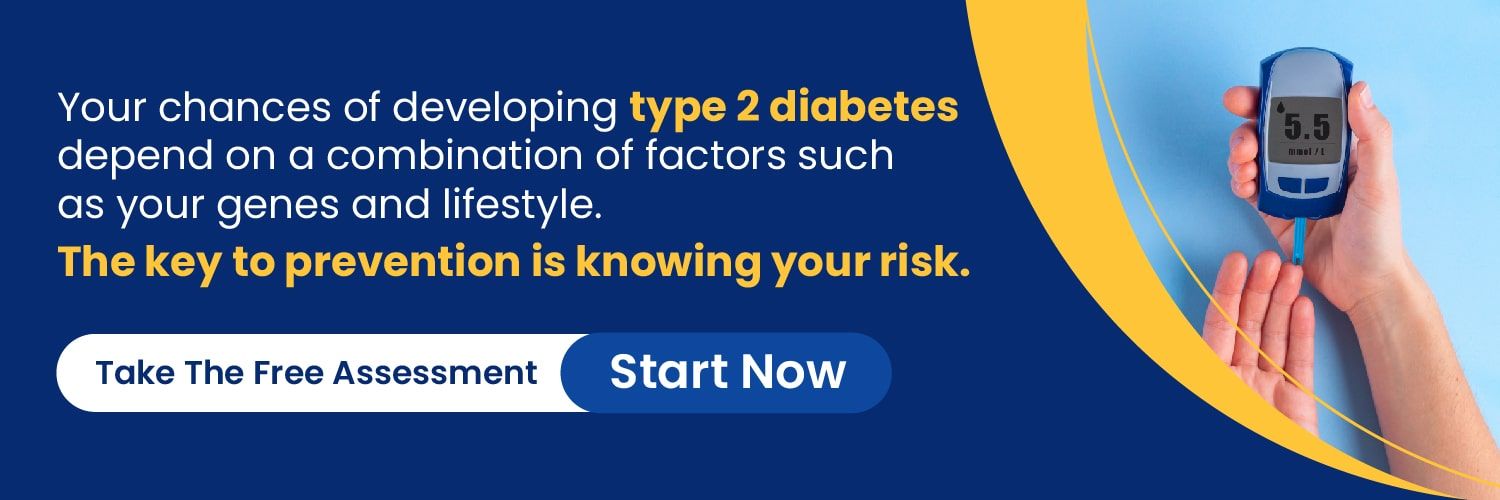Why Do I Feel Nauseous After Eating High Sugar But I'm Not Diabetic?
- 3 months ago
Have you ever treated yourself to a sugary dessert or a sweet drink, only to feel nausea afterward? It’s frustrating, especially when you’re not diabetic and assume sugar should be harmless in moderation. Many people face this issue and wonder what’s going on with their bodies.
In this blog, we’ll explore why high-sugar foods might leave you queasy, even if diabetes isn’t the culprit. We’ll also provide practical tips to help you enjoy your favorite treats without the unpleasant side effects. Let’s dive in!
What Happens When You Consume High-Sugar Foods?
When you eat sugary foods or drinks, your body quickly breaks them into glucose, which enters your bloodstream. Your blood sugar levels increase as a result. For most people, the body’s insulin response efficiently regulates this spike, but sometimes, the process doesn’t go smoothly, leading to discomfort like nausea.
Also Read: How To Deal With Blood Sugar Spike After Eating?

Why Do High-Sugar Foods Make You Feel Nauseous?
Let’s explore the potential reasons:
1. Rapid Blood Sugar Spikes and Crashes
High-sugar foods cause a quick surge in blood sugar levels. In response, your body releases insulin to lower those levels. However, this rapid rise and subsequent fall can lead to symptoms like:
- Nausea
- Fatigue
- Lightheadedness
This is particularly common if your body overshoots with insulin, causing blood sugar to dip too low, a condition called reactive hypoglycemia.
2. Digestive Overload
Sugary foods are often low in fiber and protein, making them easy to digest but harder for your body to manage. Excess sugar that isn’t absorbed quickly can ferment in your digestive system, leading to:
- Bloating
- Gas
- Nausea
This is especially true for those with sensitive digestive systems or underlying gastrointestinal issues.
3. Sugar Intolerance
Certain sugars, such as fructose (found in fruits and some sweeteners) or lactose (in dairy), can be difficult for some people to digest. When these sugars aren’t absorbed properly, they cause symptoms like:
- Stomach cramps
- Diarrhea
- Nausea
This condition is called fructose malabsorption or lactose intolerance.
4. Hormonal Responses
High sugar intake can interfere with hormones like serotonin(the "feel-good" hormone). A sudden surge in sugar can affect serotonin levels in your gut, leading to:
- Nausea
- Dizziness
- Mood swings
5. Dehydration and Electrolyte Imbalance
Sugar pulls water into your digestive system to break down the sugar molecules. This can cause mild dehydration, which may lead to:
- Headaches
- Dizziness
- Nausea
6. Artificial Sweeteners
If you consume foods with artificial sweeteners like sorbitol or aspartame, these can trigger nausea in some individuals, especially when consumed in large amounts.
7. Underlying Health Issues
Even if you’re not diabetic, other health issues could be at play, such as:
- Gastritis: Inflammation of the stomach lining, which can be irritated by sugary foods.
- Gallbladder Issues: A malfunctioning gallbladder might struggle to process fatty or sugary foods.
How to Prevent Sugar-Induced Nausea?
Here are some strategies to reduce the likelihood of feeling nauseous after consuming sugar:
1. Moderate Your Sugar Intake
- Limit sugary foods and drinks.
- Replace processed sugars with natural alternatives like honey or fruits, which contain fiber to slow sugar absorption.
2. Pair Sugar with Balanced Foods
- Combine sugary foods with protein, healthy fats, or fiber to slow digestion. For example, pair a piece of dark chocolate with a handful of nuts.
- Avoid consuming sugar on an empty stomach, as this can worsen blood sugar spikes.
3. Stay Hydrated
Drink water throughout the day, especially after eating sugary foods, to prevent dehydration and help your body process sugar efficiently.
4. Identify and Avoid Trigger Foods
- Maintain a food journal to track which sugary foods cause nausea.
- Remove or decrease trigger items from your diet.
5. Choose Low-Glycemic Foods
Low-glycemic foods, such as whole grains, vegetables, and legumes, release sugar more slowly into the bloodstream, preventing spikes and crashes.
6. Limit Artificial Sweeteners
Avoid sugar-free candies, gum, and other products that contain artificial sweeteners known to cause digestive upset.
7. Practice Portion Control
Instead of consuming large amounts of sugary foods at once, enjoy smaller portions to reduce the burden on your digestive system.

When to Seek Medical Advice?
Occasional nausea after eating sugar is usually not a cause for concern. However, if you experience frequent or severe symptoms, it may indicate an underlying condition. If you observe these symptoms, you should see a doctor:
- Persistent nausea or vomiting after consuming sugar.
- Additional symptoms include abdominal pain, diarrhea, or dizziness.
- Signs of reactive hypoglycemia, such as extreme fatigue or confusion.
Final Thoughts
Feeling nauseous after eating high-sugar foods doesn’t necessarily mean you’re diabetic. Often, it’s your body’s way of signaling that it’s struggling to manage the sugar overload. By moderating your sugar intake, balancing your meals, and staying hydrated, you can minimize these symptoms and feel your best.
If the issue persists or worsens, don’t hesitate to seek medical advice to rule out underlying health conditions. Your body is your best guide—listen to it and make adjustments as needed to maintain your well-being.










